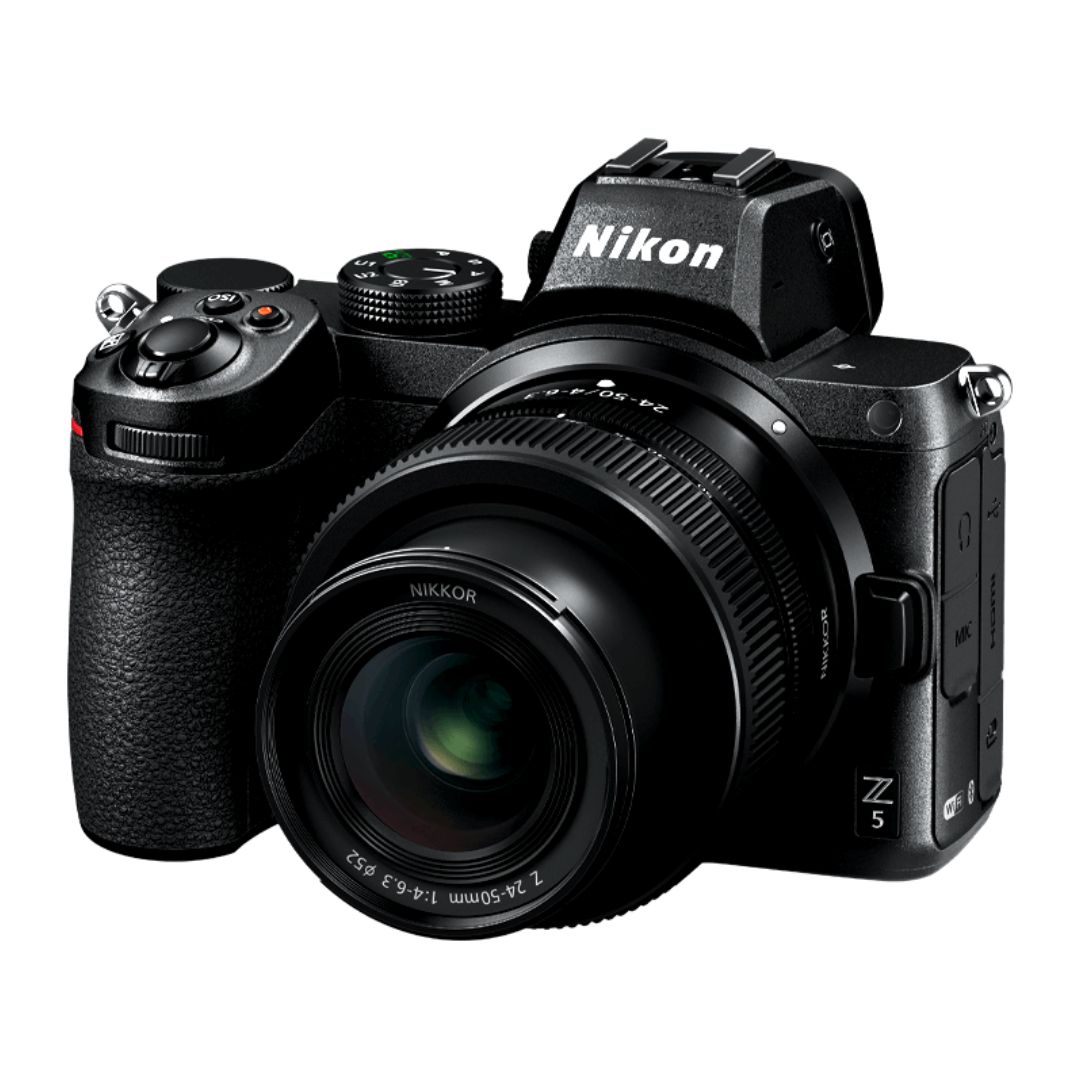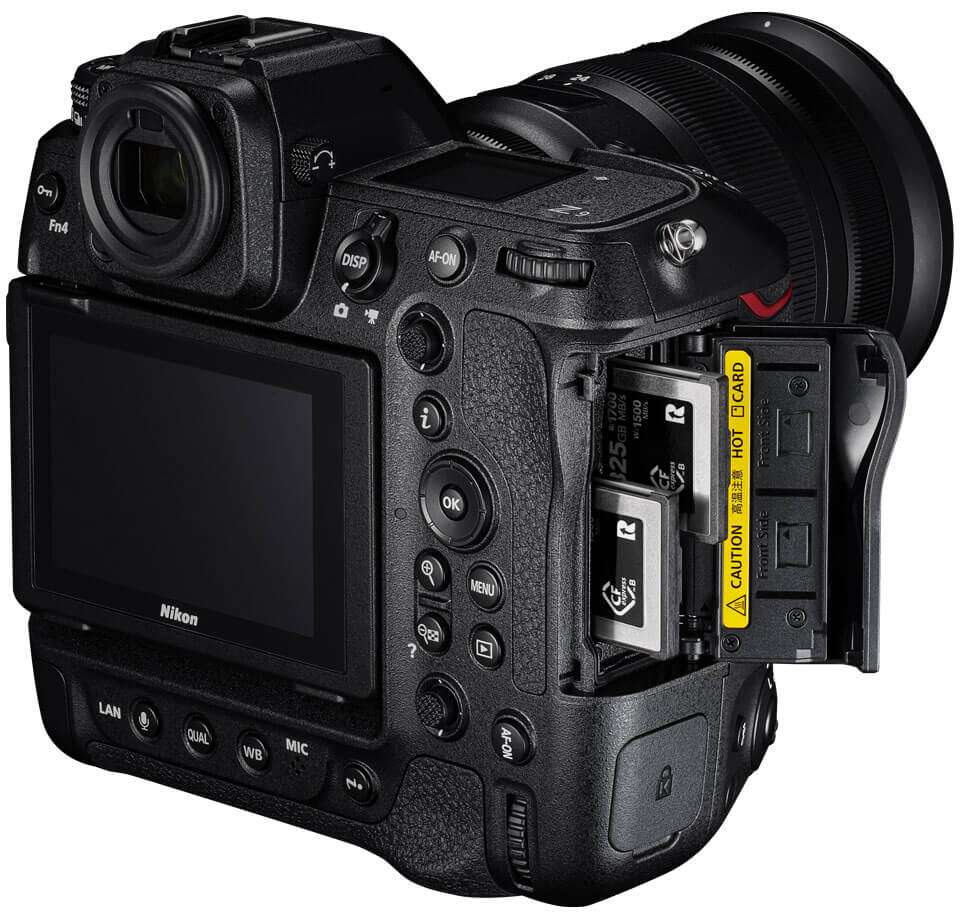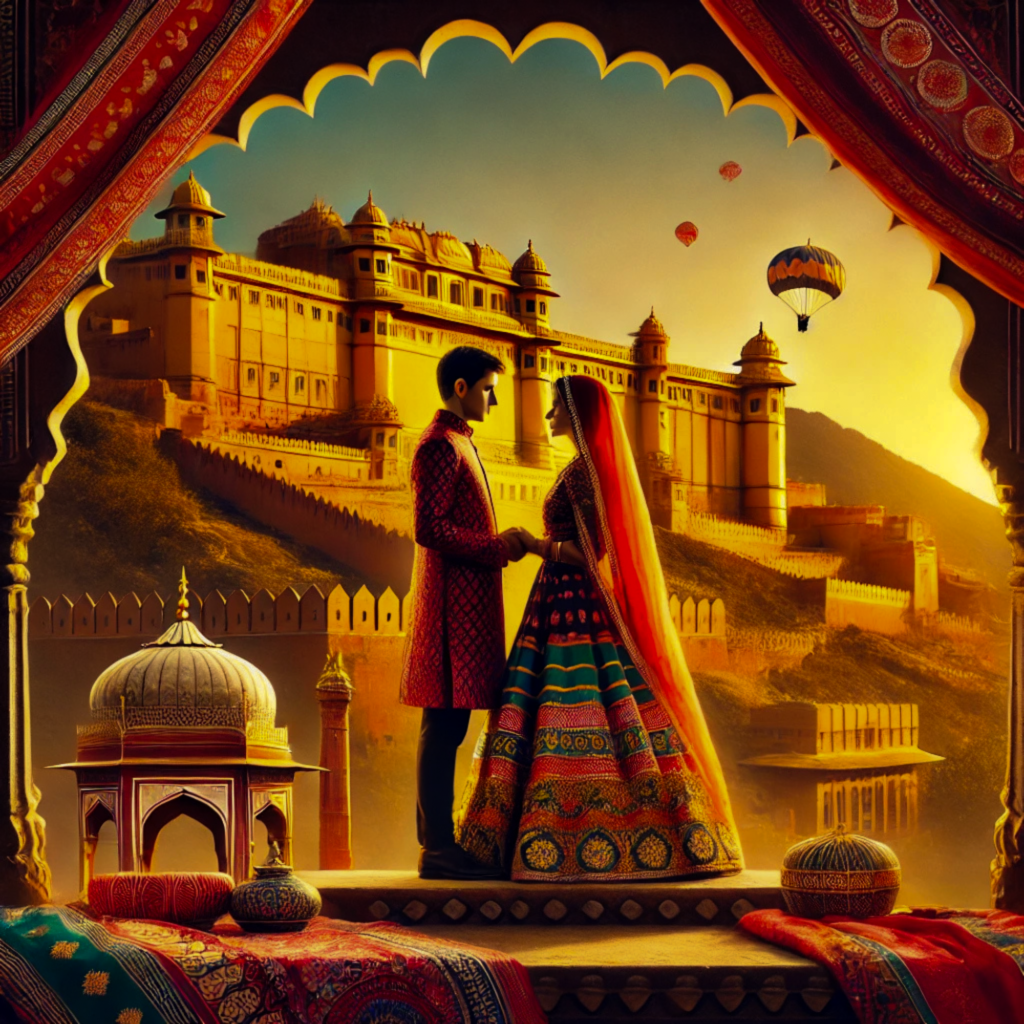Amer Fort, perched majestically atop a hill in Jaipur, is a testament to India’s rich history and architectural brilliance. This iconic fortress, also known as Amber Fort, is a stunning blend of Mughal and Rajput architecture, attracting countless visitors and photographers from across the globe. Its grandeur, intricate designs, and panoramic views make it a dream destination for photography enthusiasts.
In this detailed guide, we’ll explore everything you need to know about photographing Amer Fort, from the best times to visit to the perfect spots for capturing its beauty. Whether you’re a professional photographer or a traveler with a passion for documenting your journey, this blog will provide you with tips to make your images of Amer Fort truly majestic.
1. A Brief History of Amer Fort
Amer Fort, constructed in the late 16th century by Raja Man Singh I, served as the royal residence of the Kachwaha Rajputs. Built from red sandstone and marble, the fort is a masterpiece of craftsmanship, blending Hindu and Mughal architectural styles.
Its history is deeply rooted in Rajasthan’s regal heritage, making it a subject not just for photography but also for storytelling. Knowing the historical significance of Amer Fort can help you frame your shots with a deeper narrative in mind.
2. Why Amer Fort is a Photographer’s Paradise
Architectural Grandeur
Amer Fort is an intricate maze of courtyards, palaces, and gardens, each more beautiful than the last. The stunning symmetry and attention to detail make it an architectural marvel perfect for capturing in photographs.
Play of Light and Shadows
The fort’s architecture is designed to play with light, casting dramatic shadows that change throughout the day. This interplay creates a dynamic canvas for photographers to experiment with composition.
Cultural Vibrancy
The fort is a hub of cultural activities, from traditional Rajasthani performances to locals dressed in vibrant attire. Capturing these elements adds life and character to your photographs.
3. Best Times to Visit Amer Fort for Photography
Golden Hour Magic
The early morning and late afternoon golden hours provide soft, warm lighting that enhances the fort’s natural colors and textures. The golden hues make the red sandstone and marble glow, creating magical frames.
Avoiding the Crowds
If you prefer capturing the fort without the hustle of tourists, visit early in the morning when it opens or during weekdays. This allows you to focus on the architectural details and tranquil ambiance.
Festival Seasons
Festivals like Dussehra and Diwali bring Amer Fort to life with lights, decorations, and cultural performances. These special occasions offer unique opportunities to capture the fort in all its celebratory glory.
4. Essential Photography Spots in Amer Fort
Ganesh Pol (Ganesh Gate)
The Ganesh Pol, an ornately decorated gateway, is a striking subject for photography. Its intricate frescoes and vibrant colors are a delight for anyone seeking to capture the artistry of the fort.
Sheesh Mahal (Mirror Palace)
Sheesh Mahal is a visual spectacle with its walls covered in tiny mirror pieces. The reflections and intricate patterns create stunning effects that can be creatively captured with macro or wide-angle lenses.
Diwan-e-Aam (Hall of Public Audience)
The open courtyard and symmetrical columns of Diwan-e-Aam offer a majestic backdrop for wide-angle shots. This space is ideal for experimenting with perspective and leading lines.
Sukh Niwas (Hall of Pleasure)
This beautifully designed hall, with its cooling water channels, is an excellent subject for capturing the luxurious lifestyle of the royals.
Fort Perimeter and Jaigarh View
The exterior of Amer Fort provides panoramic views of the surrounding Aravalli Hills and the Jaigarh Fort in the distance. These landscapes are perfect for capturing the fort in its natural setting.
5. Composition Tips for Capturing Amer Fort
Symmetry and Balance
Amer Fort’s architecture is a masterpiece of symmetry. Use this to your advantage by framing shots that emphasize the balanced proportions of arches, pillars, and courtyards.
Incorporate the Human Element
Adding people to your frames, especially locals in traditional attire, can bring a sense of scale and storytelling to your photographs.
Play with Reflections
The Maota Lake at the base of the fort offers stunning reflections of the structure. Visit during calm weather to capture these mirror-like reflections.
Focus on Intricate Details
From floral patterns to lattice windows, Amer Fort is filled with intricate details. Use a macro lens to highlight these elements and bring out the craftsmanship.
6. Technical Tips for Photographing Amer Fort
Use a Tripod for Stability
Amer Fort has many low-light areas, such as Sheesh Mahal. A tripod will help you capture sharp images while maintaining a low ISO setting.
Optimal Lenses
- Wide-angle lens: Perfect for capturing expansive courtyards and panoramic views.
- Zoom lens: Ideal for focusing on distant details or compressing perspectives.
- Macro lens: Best for photographing intricate carvings and textures.
Experiment with Filters
- Polarizing filter: Reduces glare and enhances the colors of the sky and sandstone.
- ND filter: Helps manage exposure during bright daylight, especially for long-exposure shots.
7. Cultural Sensitivity and Ethical Photography
Respect the Heritage
Amer Fort is a UNESCO World Heritage Site and a significant cultural landmark. Avoid climbing on structures or using flash in restricted areas to preserve its beauty.
Seek Permission
If you’re photographing locals, always ask for their consent. This fosters mutual respect and often results in more genuine interactions.
Avoid Intrusiveness
While it’s tempting to capture every detail, be mindful of ceremonies, rituals, and the privacy of others.
8. Post-Processing Tips for Amer Fort Photography
Enhancing Colors and Textures
- Adjust saturation and vibrancy to emphasize the rich hues of the sandstone and frescoes.
- Use clarity and sharpening tools to bring out the intricate patterns in the architecture.
Balancing Light and Shadows
Amer Fort’s play of light and shadows can be enhanced through dodging and burning techniques.
Highlighting Details
Crop and zoom in on specific architectural elements to create focused, impactful images.
9. Beyond Amer Fort: Complementary Photo Opportunities
Jaigarh Fort
Located nearby, Jaigarh Fort offers stunning views of Amer Fort and the surrounding landscapes. Its massive walls and towers are also worth capturing.
Maota Lake
The lake at the base of Amer Fort provides opportunities for reflection photography and tranquil nature shots.
Elephant Rides
While controversial, the elephant rides leading to Amer Fort can be a subject of interest. Ensure you approach this ethically and capture the scene with sensitivity.
10. Tips for a Hassle-Free Photography Experience
- Plan Your Visit: Research the fort’s layout and opening hours to maximize your time.
- Carry Essentials: Pack water, sunscreen, and comfortable footwear for navigating the fort.
- Stay Flexible: Be open to unplanned moments, as some of the best shots often happen spontaneously.
Conclusion
Amer Fort is more than just a historical monument—it’s a canvas for creativity, a storyteller’s dream, and a photographer’s paradise. From its intricate details to panoramic views, every corner of the fort offers an opportunity to capture something extraordinary.
With the tips and insights shared in this guide, you’re now ready to explore the majesty of Amer Fort through your lens. So pack your camera, head to Jaipur, and let this architectural marvel inspire your next photographic masterpiece!

Sony Alpha a7 IV: The Ultimate Camera for Photography

Nikon Z5 Review: Is It Worth It?
-

Nikon Z9 : Game-Changer for Photography
-

Top Features of Nikon D850 That Make It Ideal for Portfolio Shoots
Sony Alpha a7 IV: The Ultimate Camera for Photography
Explore the Sony Alpha a7 IV in this complete 2025 review. Learn how its pro-level features, real-world performance, and hybrid flexibility make it the ultimate camera for photography across genres like portraits, weddings, travel, and commercial work. Table of Contents Section 1: Introduction – Why the Sony Alpha a7 IV Stands Out The Sony Alpha…
Nikon Z5 Review: Is It Worth It?
In 2025, photographers—whether hobbyists, content creators, or professionals—seek equipment that blends value, performance, and future-readiness. Enter the Nikon Z5, a full-frame mirrorless camera marketed as a gateway to high-end imaging without a flagship price tag. But how well does it hold up under real-world demands like studio shoots, weddings, landscape adventures, and lifestyle photography? In…
Nikon Z9 : Game-Changer for Photography
Discover why the Nikon Z9 is considered a true game-changer for photography. This in-depth Nikon Z9 review explores key features, real-world performance, and how it excels in professional photo shoots in 2025. Table of Contents 1. Introduction The photography world witnessed a significant shift with the launch of the Nikon Z9, a flagship mirrorless camera…
Top Features of Nikon D850 That Make It Ideal for Portfolio Shoots
Discover why the Nikon D850 is the ultimate DSLR for portfolio shoots. Explore its top features—from resolution and dynamic range to autofocus precision and workflow speed—that help photographers create stunning, high-impact images for professional portfolios. Whether you’re a portrait artist, fashion photographer, or visual storyteller, a portfolio shoot demands technical excellence, creative flexibility, and uncompromised…
Candid Moments with Canon EOS R10: Lightweight & Reliable
In the evolving world of mirrorless photography, the Canon EOS R10 stands out as a lightweight yet powerful camera tailored for real-life storytelling. Whether you’re photographing street scenes, family gatherings, weddings, or spontaneous portraits, capturing genuine emotion requires a responsive and discreet tool. This article dives deep into how the Canon EOS R10 excels in…
Bold Portraits with Canon EOS R5: Is It the Best for Work?
Studio photography has always demanded precision, artistry, and impeccable gear. As the expectations for commercial portraits, fashion campaigns, and editorial work continue to rise, the tools we use must evolve. Enter the Canon EOS R5, a camera that has stirred the professional waters with its impressive technical specs and forward-thinking design. In this comprehensive Canon…



2 comments